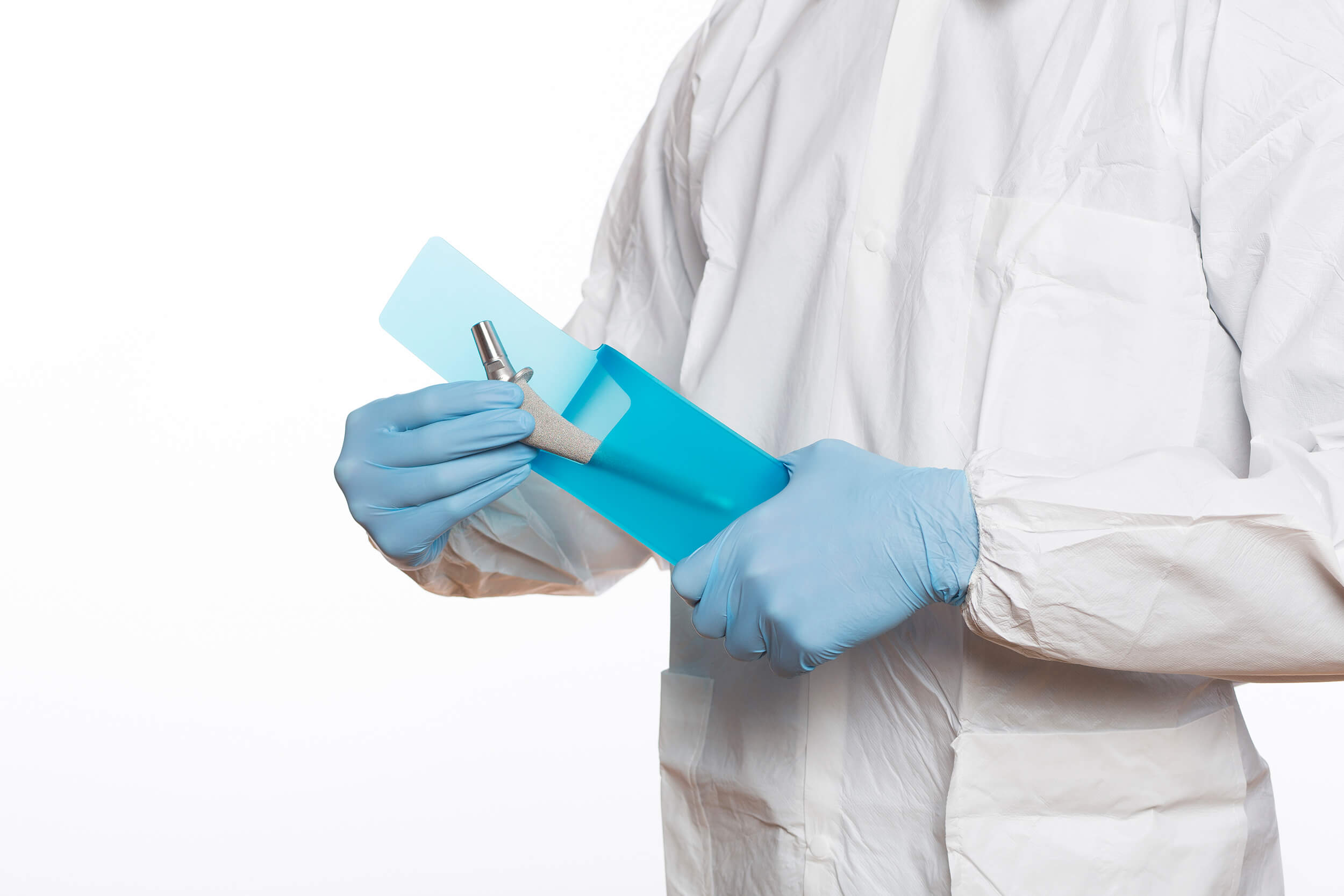Radio frequency welding or (high frequency welding) is the process of bonding together materials through the use of electromagnetic energy. Two electrodes create an oscillating electric field that begins to shift and move polar molecules within the materials in order to orient themselves in accordance with the electromagnetic field. The movement of these molecules releases energy in the form of heat. When enough energy is applied, the molecules begin to melt and bond to one another. No external heat is applied. The weld is completed by applying pressure to the bonded area, ensuring a successful seal.
What Factors Contribute to a Good Weld?
Many factors affect the strength and seal quality in RF welding. Tooling layout, weld thickness, material thickness, and machine control are some of the most important factors in creating a good seal. The appeal of RF welding is in the completeness of the weld. Using this method can create very robust hermetic seals. Many welds are subject to pull tests, leak tests, and optical tests to determine that the correct conditions have been achieved.
What Materials Can Be RF Welded?
Some materials are more of a challenge to RF weld than others and may even require a special process. No matter the level of difficulty, UFP MedTech is confident in its ability to expertly perform RF welding on the following materials:
- PET
- PETG
- PVC
- Thermoplastic polyurethanes (TPU)
- Open Celled Polyurethanes
- LDPE/EVA
Why Use RF Welding?
There are several alternatives to RF welding including sewing, gluing, or using hot air. Why use RF welding?
- RF Welding vs. Sewing
RF welding provides a consistent air tight seal unlike sewing. When sewn seams are stressed, the thread takes the pressure and could break. RF welds evenly distribute stresses throughout the material providing a much stronger seam while preventing any air, moisture, or debris getting in. - RF Welding vs. Gluing/Adhesives
Gluing can provide an air tight solution, but gluing takes much longer than RF welding and often uses hazardous solvents that are harmful to the environment. Glued seams are also subject to failure once the adhesive has worn out. - RF Welding vs. Hot Air
Hot air is a method that applies heat to the outside of the material to melt it and create a bond. This method is only effective up to certain thicknesses. Materials that are too thick will not bond in the middle as the core will struggle to melt, while the outside layers are over heated or burned. RF welding heats from the inside out and is the best method for forming air tight seams.
Our RF Welded Products
Our FlexShield® thermoplastic polyurethane (TPU) film is used for medical packaging, component, and product applications due to its unmatched durability, biocompatibility, and sterility.
From ensuring the integrity of surgical instruments and orthopedic implants to fortifying the sterile barriers of vital equipment, FlexShield is at the forefront of providing protection for devices and patients in the following areas:
- Protective Packaging
- Surfaces and Support
- Interventional and Surgical
- Therapeutics
- Medical Wearables
- Wound Care
- Diagnostics
Our Expertise in Thermoplastic Welding
In 2018, Dielectrics, a leader in the design, development, and manufacture of medical devices using RF welded thermoplastic materials, joined the UFP MedTech family. Our combined capabilities and expertise allow us to provide improved patient outcomes by minimizing the chance for infection, improving patient comfort, and promoting faster healing.
Learn more about our thermoplastic welding capabilities and how we can help you on your next project.


